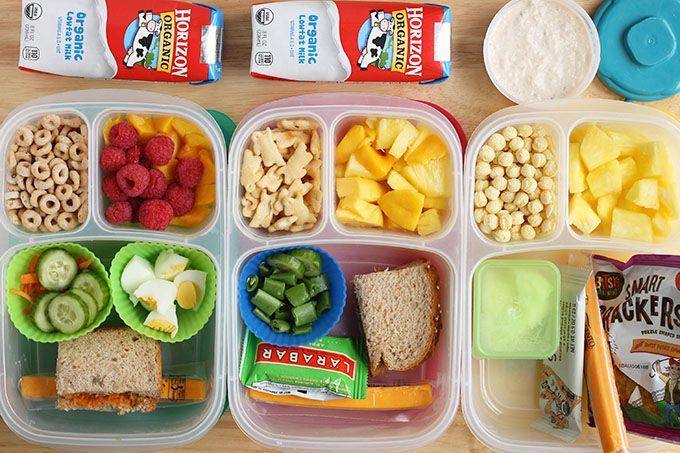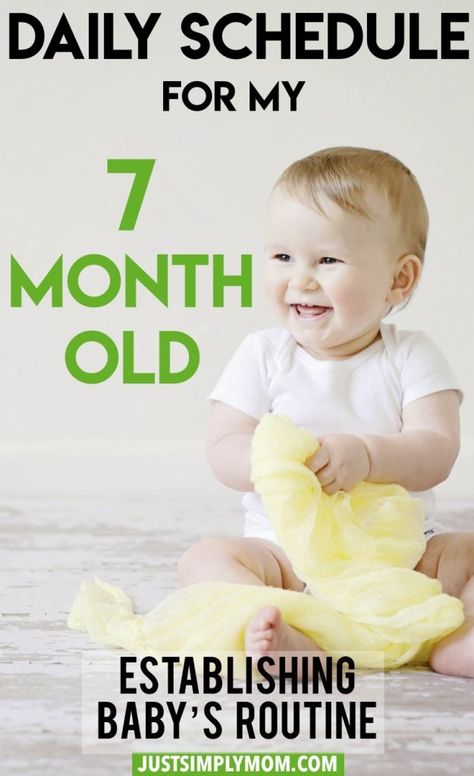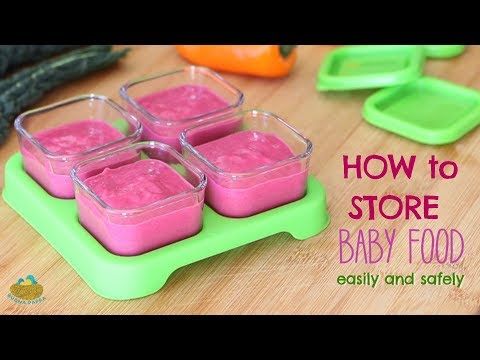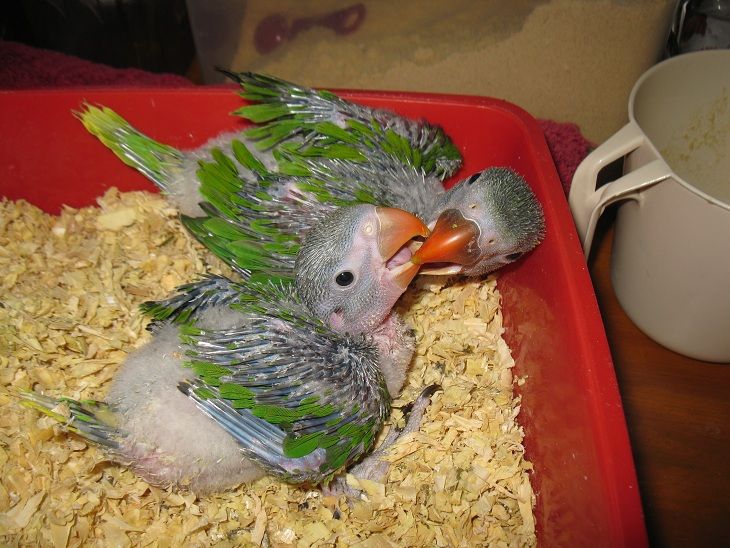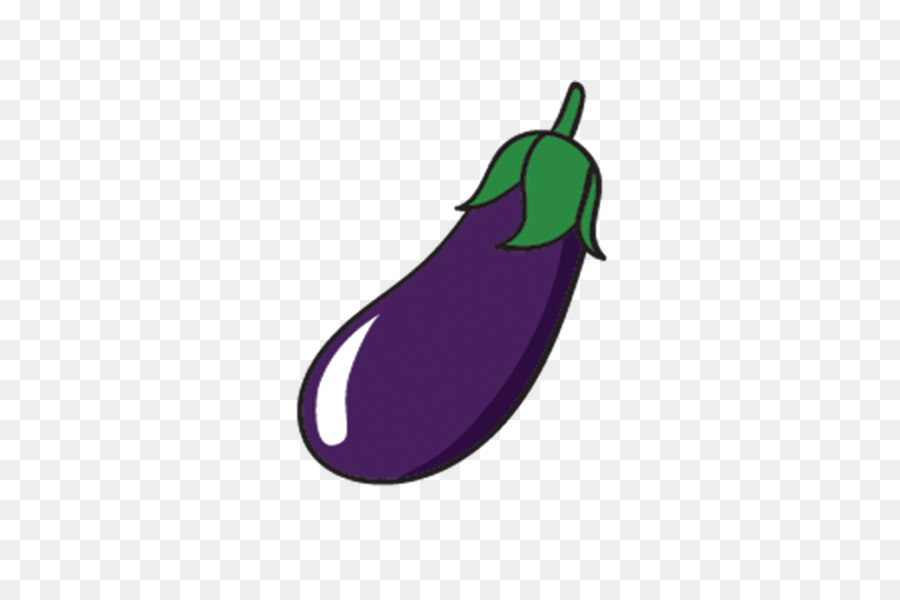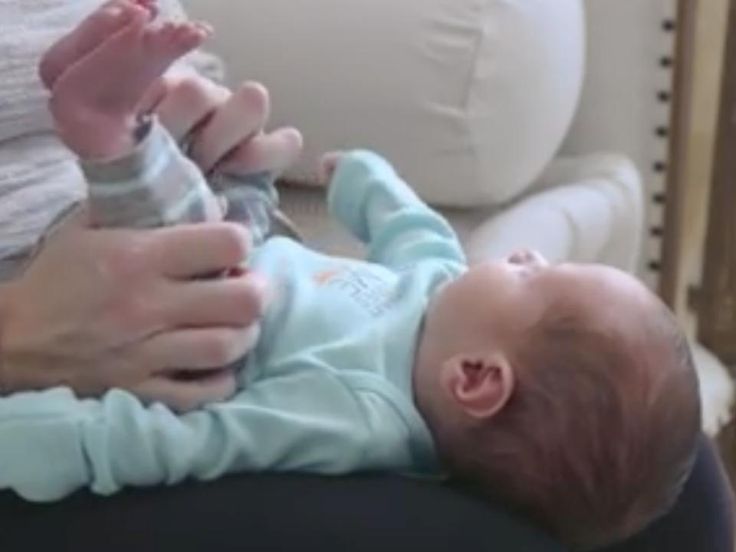How to pack baby food for daycare
Sending Milk and Daycare Snacks: Logistical Tips and Tricks
Sending milk and snacks to daycare is one of those dilemmas many new working parents find daunting. Yes, some daycares provide snacks and/or lunch, but many do not. And in the case of a baby, it’s of course up to the parents to send milk every day.
A listserv I’m on recently had a great discussion about daycare snacks and meals, with lots of creative ideas and tips I’ve consolidated here. It’s intimidating learning how to nourish a growing, ever-evolving human being. Learning from other parents and childcare professionals about how they’ve navigated this subject absolutely helps.
If you have an infant, it’s important to have ongoing conversations with your childcare provider about how much milk your baby is drinking, and you’ll need to make adjustments as necessary.
If you have a toddler, consider spending lunchtime with them at daycare one day – simply so you can check out the lunch scene! I love looking at other kiddos’ plates, to inspire what goes into my own child’s daycare meals. For example, I recently saw another child whose parents had simply cut an avocado in half and sent it in a baggie, and she was sitting there eating it with a spoon. And LOTS of kids were eating dinner leftovers from the night before.
Here are some milk and daycare snack survival tips for sending milk and food to daycare and resources to get your creative nourishment juices flowing!
Cool Food Transport…Ice, Ice Baby
- We’ve always sent a relatively large cooler bag like this one filled with daycare snacks. The Camelbak Kids water bottle fits nicely in the side mesh pocket.
- Inside the cooler bag, we put one of these big ice packs to keep everything cold all day.
- There are any number of great options for packing the actual food. We use these little Rubbermaid containers with green lids, which I love because they come in different sizes, stack on top of one another nicely, and have held up for years. I’ve also heard good things about the Bentgo Box, which has lots of different compartments.

Cows Go Moo: What to Do About Milk
- When my babies were tiny and I was breastfeeding, I remember being mystified by how much breastmilk they would need at daycare. I definitely turned to resources like this fantastic breastmilk calculator by KellyMom to help me figure out how much milk to send for daycare meals. I also talked to the teachers in our daycare’s infant room, who advised me to start out with 3 bottles of 3-4 ounces each, for my 3 ½ month old. We went up from there and figured it out over time. (If you are using formula, you probably already have a good idea of how many ounces your baby drinks in a given period.)
- When my boys grew into toddlers, we faced the inevitable sippy cup challenge. Though we’ve tried bazillions of different kinds, the ones that have lasted the longest for us have been the Nuby No Spill Super Spout Easy Grip. We’ve used them for years and occasionally have to replace the silicone spouts (when they get chewed through).
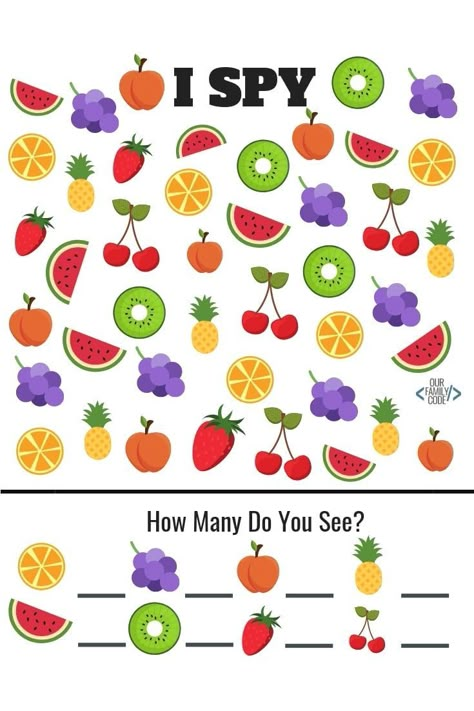
- When my oldest graduated from the sippy cup, we started sending him to school with the Horizon milk boxes, which are great as daycare snacks, because you can buy them in bulk without having to refrigerate them.
- I’ve also heard good things about the Foogo thermos for sending milk to school.
Daily Dining Dilemmas…What Will My Child Agree to Eat TODAY?
Kid food preferences seem to change by the minute. When our babies were little, we were huge fans of making purées using the wonderful guidance of Chef Geoff and Nora O’Donnell’s Baby Love cook book. One evening a week, we’d puree up a big batch of food and freeze it in ice cube trays.
When you graduate from purée land, here are some other ideas for daycare lunches:
- Cut-up dinner leftovers
- Pasta, mac & cheese
- Chicken tenders
- Hummus + carrot sticks
- Cut-up chickpeas
- Cut-up fruit/veg (for us, it’s usually strawberries, baby carrots, cut up cucumber, grapes cut in half)
- A banana
- Black beans (We used to take a can of them, drain it, and put the beans in a zip-lock baggie in the freezer.
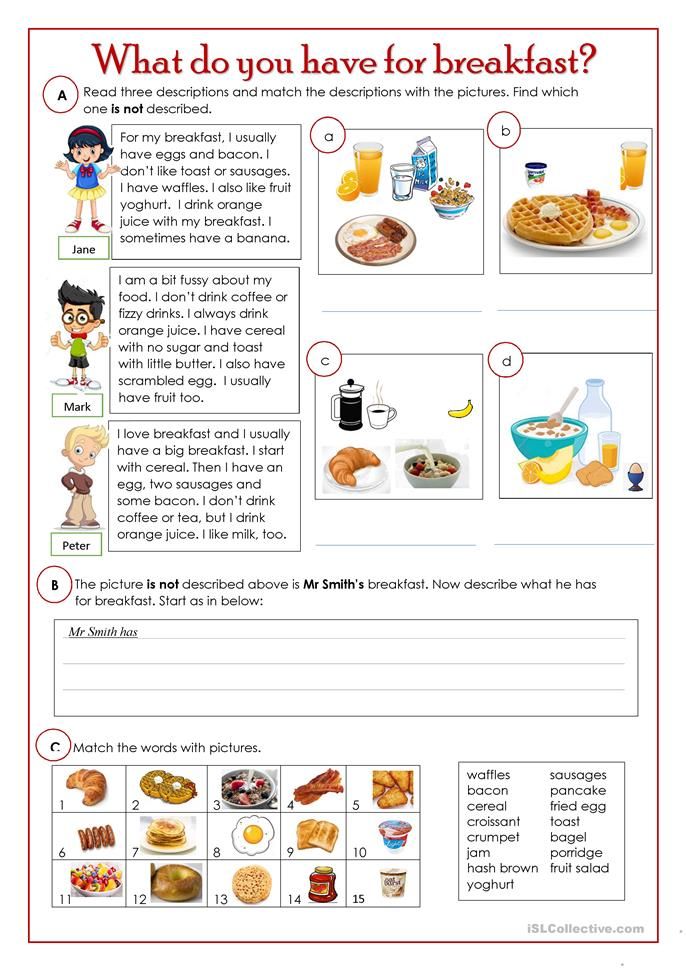 Then we’d pop a few into a plastic container for lunch each day.)
Then we’d pop a few into a plastic container for lunch each day.) - ½ sandwich (bread, some cheese slices, and a few slices of deli meat)
- Squeeze yogurt
- Squeeze applesauce
- Nutrigrain or other cereal or granola bar
- The folks who make the Bentgo Box put together a PDF of awesome lunch options for kids – check it out here.
- I also love Dr. Steve Silvestro’s post called “Thinking Outside the Lunchbox” for some great ideas.
If you need to provide daycare snacks, some good, easy, go-to foods include:
- Anything from the lunch list (cut up fruit/veg, squeeze applesauce, cereal bars)
- Cut up apples
- Animal crackers
- Babybel cheese
- Goldfish crackers
- Yogurt pretzels
- Veggie straws
And if you need to send breakfast, consider:
- Waffle
- Scrambled egg with cheese or veggies
- Bagel
- Oatmeal
Bon appetite! If you have other ideas of things that pack well and your babies and kids love, please leave them below in comments! Sending milk and snacks to daycare need not be so stressful!
Want to combat Mom Guilt as you return to work after maternity leave? Take the Mindful Return 4-week course here.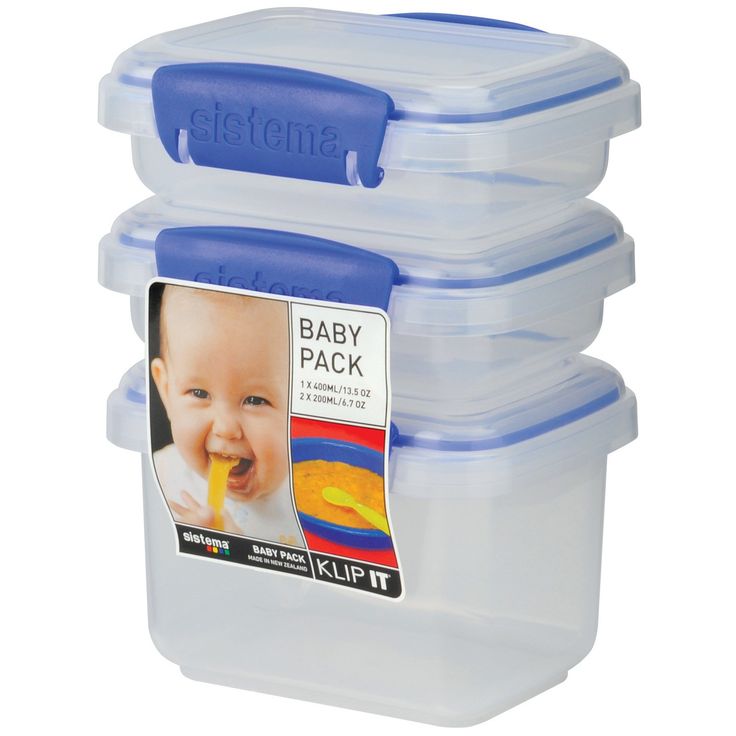
Want more practical tips on working parenthood? Check out my book, Back to Work After Baby: How to Plan and Navigate a Mindful Return from Maternity Leave.
10 Healthy Baby Food Ideas for Daycare
Going by the emails we get on a daily basis, most Moms find child nutrition the most confusing and challenging area of parenting! And when your baby has to be fed outside the home and by strangers, the tension can double! Will they feed him on time? What if he chokes? Will homemade food spoil? Should I stick to store bought jars? Yes, there are these and a million more questions running through your mind. But don’t worry, that’s why we’re here! We’ve got here some simple and healthy baby food ideas for daycare, which your little one will love!
Main Points to Keep in Mind:
10 Healthy Baby Food Ideas for Daycare
1. Puree
2. Fruit
3. Cooked Vegetables
Cooked Vegetables
4. Patties, Fritters and Cutlets
5. Pancakes
6. Muffins
7. Biscuits
8. Pasta and Rice
9. Instant Mix Porridge
10. Juice
Buy Healthy Nutritious Baby, Toddler food made by our own Doctor Mom !
Let’s start by answering some of the questions mentioned above. Yes, store bought baby food in jars is very convenient and you can try them out. However, we wouldn’t recommend them on a daily basis, since it’s still processed food. You can keep a few jars for days when things get too crazy – we all have them! But generally speaking, homemade baby food is your best bet. If your daycare center offers baby food, find out exactly where they’re sourcing their ingredients and how the cooking is done. Most Moms are a little wary of feeding their little ones outside food, which is another reason homemade baby food is the way to go!
Of course, when sending baby food to daycare, there are many new challenges to deal with.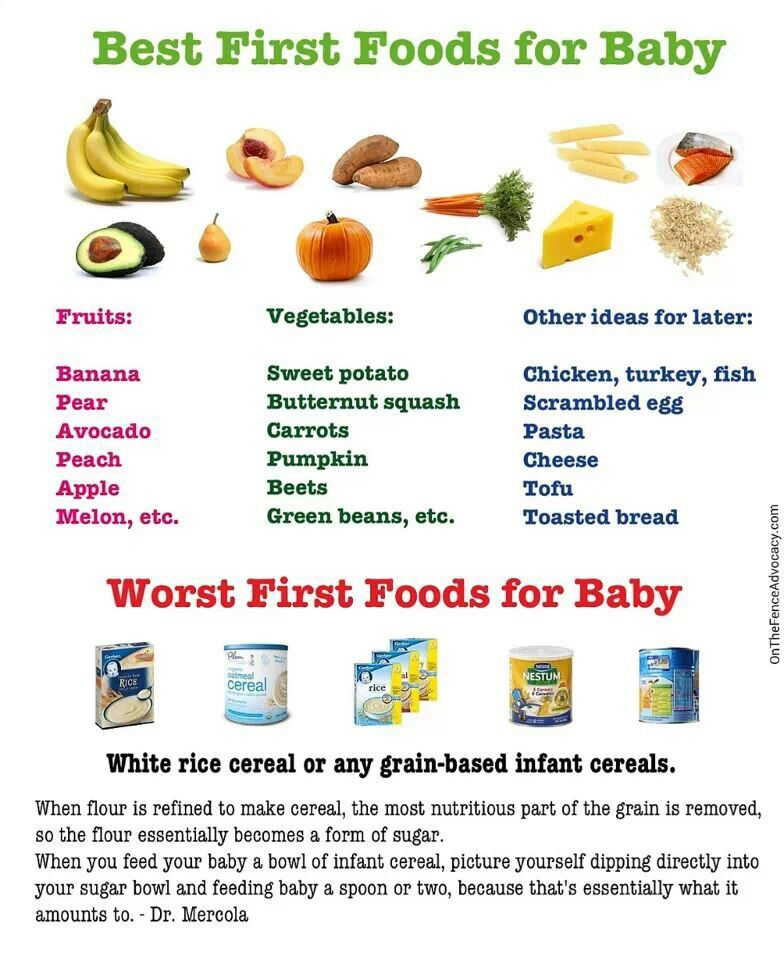 Packing the food safely, sterilizing the utensils and preventing spoilage are all important concerns. However, the biggest question is probably this – what do I pack?
Packing the food safely, sterilizing the utensils and preventing spoilage are all important concerns. However, the biggest question is probably this – what do I pack?
Before 6 months, babies will have just breast milk, so make sure you pump and send as many bottles as will be needed. As your baby starts solids, it’ll probably be just one meal a day, which is better had at home with you. Even as she progresses to two meals, most parents prefer to keep it at breakfast and dinner. Usually, you won’t have to worry too much till your baby reaches about 8 months or so.
Main Points to Keep in Mind:
- Make sure all utensils are sterilized and spoons or forks are kept in a clean container of their own
- Stay away from very messy or pungent foods
- Let the carer at the center know exactly how you are planning your weaning journey, and whether you’re using Baby Led Weaning or not
- Food that doesn’t require refrigeration or re-heating is more convenient
- A food chart sent with the child’s lunch bag is very helpful for the carer, and makes it more likely that your instructions are followed
- Be very clear about allergies and intolerances, so that the carers can be extra vigilant about your baby
1.
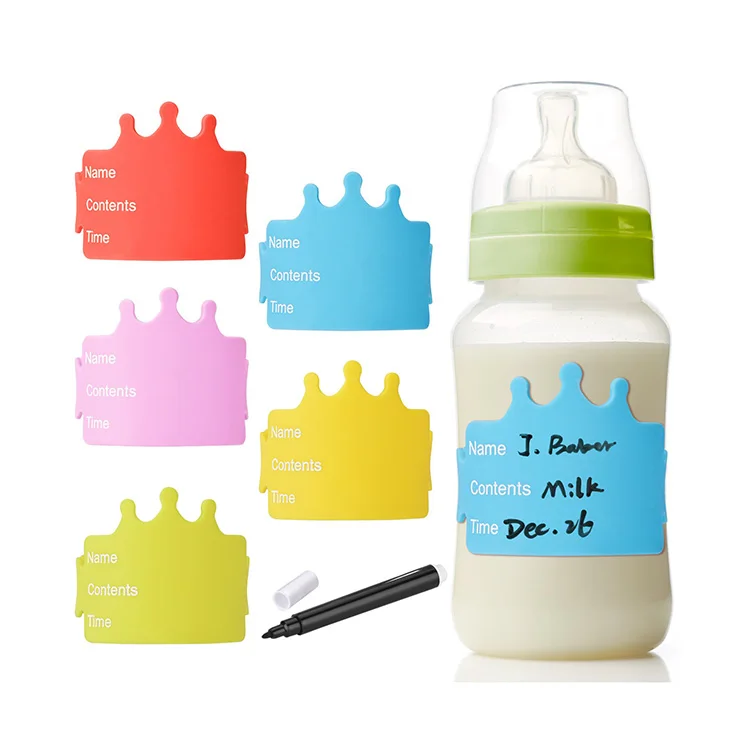 Puree
PureeIf your baby is starting his weaning journey with purees, you can easily prepare them at home with fresh fruits or vegetables. You can opt for preparing fresh purees every morning if you have the time. Or you can whip up a batch on the weekend and freeze in ice cube trays. Start with a cube or two and increase as required. If the puree needs to be thinned out, don’t do it before packing. Ask the carers at the center to add some breast milk or formula before feeding your baby.
2. Fruit
Fruit is a great idea for daycare food for babies – you don’t need any prep! While you can send soft, ripe fruits as is, you can also cut them up before hand if there is no risk of discoloration. You can also try out some simple fruit finger food recipes to make things a little more interesting and to add texture. Be sure to remove seeds and skin to make life easier for the person who will be feeding your little one.
3. Cooked Vegetables
Raw vegetables may be a little harder for young babies, so it’s better to first steam or roast them to make them softer and easier to eat. You can toss them with a little organic spice before sending them out. If your baby is doing baby led weaning, you can try out some vegetable finger foods that he might like to munch on.
You can toss them with a little organic spice before sending them out. If your baby is doing baby led weaning, you can try out some vegetable finger foods that he might like to munch on.
4. Patties, Fritters and Cutlets
Once your baby is past the puree stage, vegetable patties are a good idea to introduce textures and they also last well in a lunchbox. You can make patties, fritters and cutlets with practically anything, but it’s best to stick to the veggies your baby is used to eating at home. You can freeze them in advance to save time and fry them every morning before packing.
5. Pancakes
Pancakes work well as breakfast or even as snacks – just make them little! There are many pancake recipes – both sweet and savory. Choose one that doesn’t use baking soda, baking powder, refined flour or white sugar. Small sized pancakes make it easier for little fingers to grasp them and gobble up!
6. Muffins
Don’t think of muffins as a complicated baking process – they’re the easiest thing to bake! All you need to do is mix the dry and wet ingredients together, pour into cups and bake. You can also make them with whole wheat flour, oats, millets along with fruit, vegetables or spices. Make mini muffins for your little one to grasp easily and munch on. Pack after removing the paper liners to make it easier at lunch time.
You can also make them with whole wheat flour, oats, millets along with fruit, vegetables or spices. Make mini muffins for your little one to grasp easily and munch on. Pack after removing the paper liners to make it easier at lunch time.
7. Biscuits
Your baby doesn’t need teeth to eat biscuits! Biscuits can be made days ahead, and are perfect in all seasons. If your little one is going through teething trouble, then teething biscuits are your best (and healthiest) bet. Use whole grain and millets to make biscuits and cookies for your baby. Babies eat very little, so a single batch should last you the whole week!
8. Pasta and Rice
Boiled pasta is an excellent finger food for babies, provided it doesn’t pose a choking hazard. If you’re packing sauce too, pack it separately so the meal doesn’t get soggy by lunch time. Opt for whole grain pasta or natural noodles made of whole grains or millets and try to toss in some steamed veggies too. Avoid milk in sauces for babies under one year.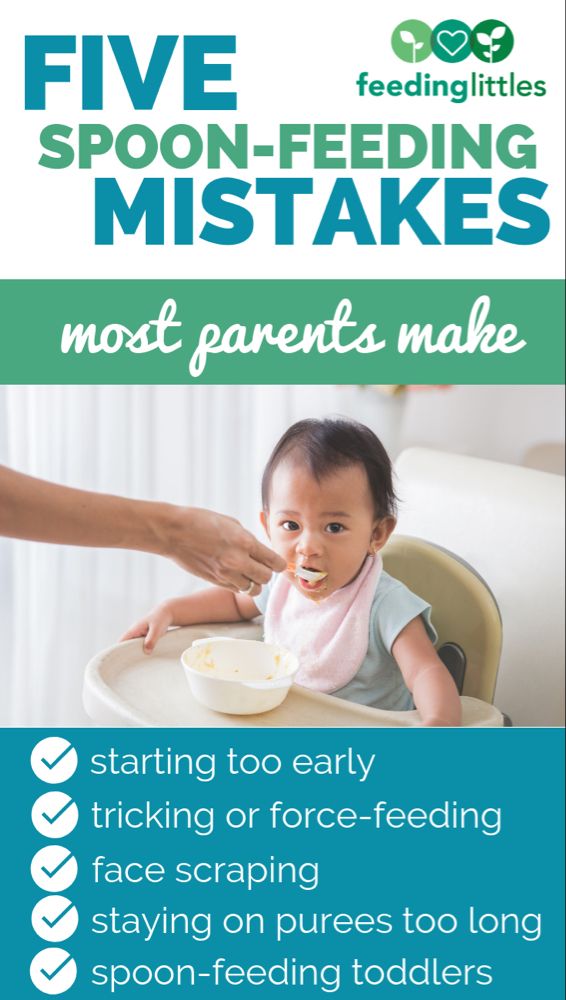 Similarly, simple rice dishes like ghee rice is also good for packing to daycare.
Similarly, simple rice dishes like ghee rice is also good for packing to daycare.
9. Instant Mix Porridge
If it’s one of those days when you just can’t seem to put things together on a busy morning, you may feel tempted to reach for that jar of baby food, but wait! We have an option that is healthier – instant porridge mixes. All you need to do is put the amount of mix for one serving in a clean jar. You can also send hot water in a flask, so all the caretaker has to do is mix the two together.
10. Juice
After 10 months, when your baby is ready to use a sipper, you can send fruit or vegetable juice in a leak proof sippy cup. Avoid packaged You can dilute the juice if you like, but take care not to add any extra sweetener. It’s a good idea to keep this as an occasional treat, especially during summer, so your baby gets used to eating fresh fruit rather than juice.
This should give you a fair idea to plan your baby’s daycare menu, depending on her age.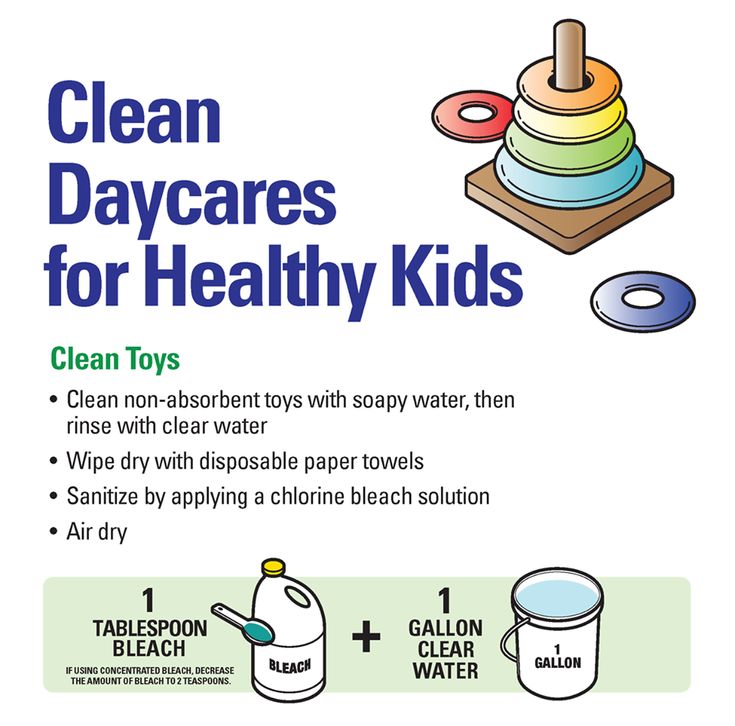 You can also ask other parents or the caretakers for more ideas. Take their advice and tailor it to your baby’s likes and your convenience. When you’re home with him on the weekend, you’ll see how hungry he gets through the day, so you can increase or decrease the quantity of food accordingly. It’s best to start small and go up from there. With such easy and healthy baby food ideas for daycare that can be made at home, you won’t need that processed jar of baby food!
You can also ask other parents or the caretakers for more ideas. Take their advice and tailor it to your baby’s likes and your convenience. When you’re home with him on the weekend, you’ll see how hungry he gets through the day, so you can increase or decrease the quantity of food accordingly. It’s best to start small and go up from there. With such easy and healthy baby food ideas for daycare that can be made at home, you won’t need that processed jar of baby food!
Buy Healthy Nutritious Baby, Toddler food made by our own Doctor Mom !
Shop now!Catering in kindergarten
Cyclic menu - menu , in which dishes, culinary (bakery, confectionery) products and food products directly used in nutrition are distributed - taking into account their nutritional, biological value, seasonality and other factors - by days of the week for one or several weeks, with a repeating cyclicity.
"O catering at home and in kindergarten"
Catering in preschool
One of the important factors in a child's health is the organization of rational nutrition and its reflection in the educational process.
Proper nutrition is the basis of a long and fruitful life, a guarantee of health, vigor, a guarantee against the appearance of various ailments. Therefore, in terms of the work of the kindergarten, the issue of proper nutrition occupies one of the most important places. In kindergarten, meals are organized in group rooms. The entire cycle of cooking takes place in the catering unit. The catering unit is 100% staffed. The catering unit is located on the ground floor and has a separate exit.
Transportation of food products is carried out by special vehicles of suppliers.
10 day perspective menu available. When compiling the menu, a developed card file of dishes is used, which ensures a balanced diet in terms of proteins, fats, carbohydrates. Ready meals are issued only after a sample is taken by a health worker and a corresponding entry in the journal of the results of the assessment of ready meals. Catering is constantly under the control of the administration.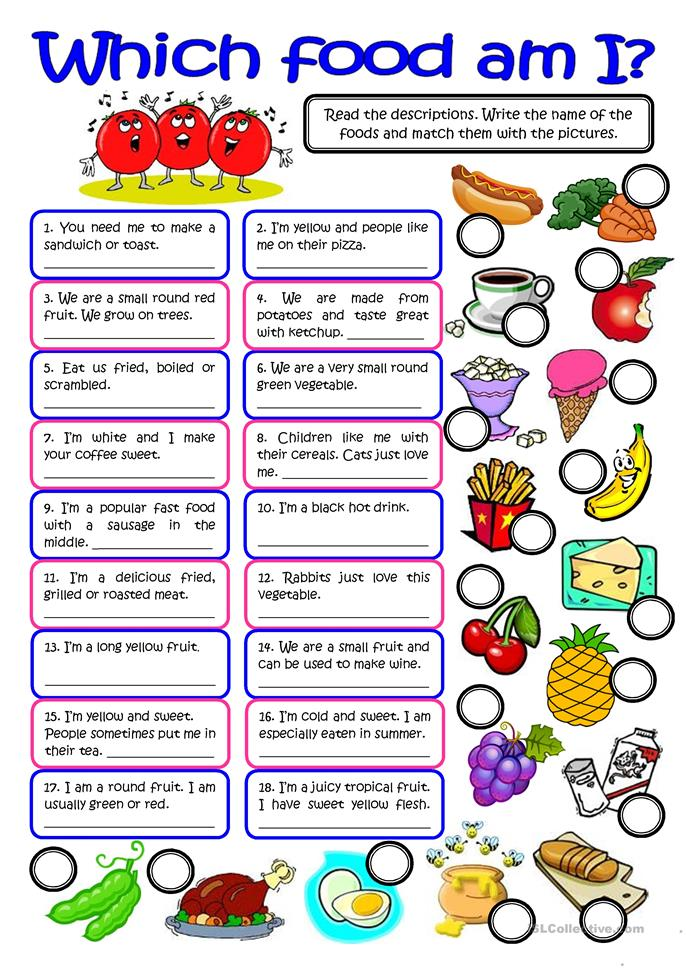
4 meals a day are organized in the kindergarten. The daily menu includes the daily norm of milk, butter and vegetable oil, sugar, bread, meat. Foods rich in protein (fish, meat) are included in the menu of the first half of the day. In the afternoon, children are offered dairy and vegetable dishes. Every day, the menu includes vegetables, both fresh and boiled and stewed. Children regularly receive sour-milk products for an afternoon snack.
One of the main tasks solved in the preschool educational institution is to ensure the constitutional right of every child to protect his life and health.
Children's health cannot be ensured without rational nutrition, which is a necessary condition for their harmonious growth, physical and neuropsychic development, resistance to infections and other adverse environmental factors. In addition, properly organized nutrition forms cultural and hygienic skills in children, good habits, the so-called rational eating behavior, and lays the foundations of a food culture.
The diet of the preschool educational institution includes all the main food groups - meat, fish, milk and dairy products, eggs, dietary fats, vegetables and fruits, sugar, confectionery, bread, cereals, etc., as well as semi-finished industrial products for children's nutrition .
The diet of children in terms of qualitative and quantitative composition depending on the age of the children and is formed separately for groups of children aged 1.5 to 3 years and from 4 to 6 years.
The basic principles of catering in the preschool educational institution are as follows:
- Correspondence of the energy value of the diet to the energy consumption of the child.
- Balance in the diet of all essential and essential nutrients.
- The maximum variety of products and dishes that ensure a balanced diet.
- Proper technological and culinary processing of products, aimed at preserving their original nutritional value, as well as high palatability of dishes.
- An optimal diet, an environment that forms the habits of a culture of eating in children.
Control over the actual nutrition and sanitary and hygienic condition of the catering department is carried out by medical workers of the preschool educational institution.
The general sanitary and hygienic condition of the preschool institution complies with the requirements of the State Sanitary and Epidemiological Supervision: drinking, light and air conditions comply with the standards.
The kindergarten's catering unit is equipped with all the necessary technical equipment. The employees of the catering department are certified and undergo sanitary and hygienic training in a timely manner.
Let's talk about the nutrition of preschoolers. Tips for parents.
In order to grow and develop intensively, children need to constantly replenish their energy reserves. Lack of any nutrients can cause growth retardation, physical and mental development, as well as a violation of the formation of the bone skeleton and teeth.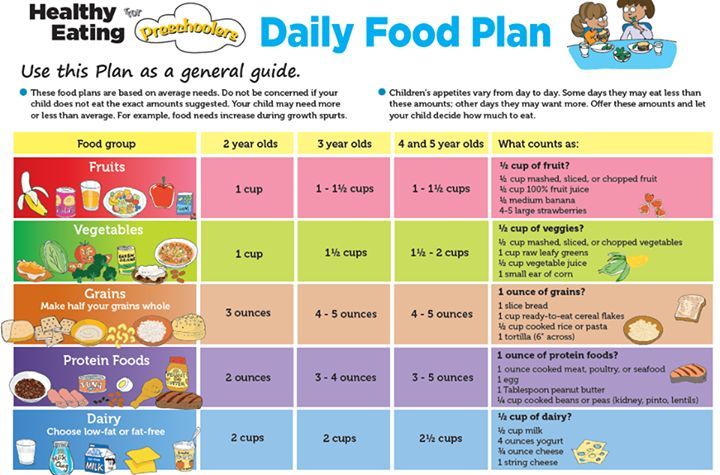 This is especially true for preschool children. Why are preschool nutrition issues so important? Because, unfortunately, most diseases today begin to form precisely at this age. These are chronic diseases of the gastrointestinal tract, such as chronic gastroduodenitis, cholecystocholangitis, and even peptic ulcer. Moreover, malnutrition in children is one of the main causes of other chronic diseases in children.
This is especially true for preschool children. Why are preschool nutrition issues so important? Because, unfortunately, most diseases today begin to form precisely at this age. These are chronic diseases of the gastrointestinal tract, such as chronic gastroduodenitis, cholecystocholangitis, and even peptic ulcer. Moreover, malnutrition in children is one of the main causes of other chronic diseases in children.
What to feed children at home?
The majority of preschool children attend kindergarten, where they receive three meals a day necessary for their age. The home diet of such an “organized” child should complement, not replace, the kindergarten diet. To this end, in each group, educators post a daily menu so that parents can familiarize themselves with it. Therefore, when taking your child home, do not forget to read it and try to give the baby at home exactly those foods and dishes that he did not receive during the day. On weekends and holidays, try to stick to the kindergarten menu, using the recommendations of the medical worker of the children's institution. In the morning before sending the child to kindergarten, do not feed him, as he will then have a bad breakfast in the group. Well, if you have to take him away very early, drink kefir or give him an apple. But what happens in most families? Mom hurries to work in the morning and begins to force-feed the child. The baby is nervous, because of this, digestive enzymes are not released from him, the gallbladder spasms and bile does not come out to digest food. Mom thinks that he has a poor appetite, but you can’t let him out of the house hungry! And the force-feeding continues!
In the morning before sending the child to kindergarten, do not feed him, as he will then have a bad breakfast in the group. Well, if you have to take him away very early, drink kefir or give him an apple. But what happens in most families? Mom hurries to work in the morning and begins to force-feed the child. The baby is nervous, because of this, digestive enzymes are not released from him, the gallbladder spasms and bile does not come out to digest food. Mom thinks that he has a poor appetite, but you can’t let him out of the house hungry! And the force-feeding continues!
A few words about appetite
If a child has a poor appetite, it is unacceptable to entertain him during meals, allow him to watch TV or promise a reward for eating everything. Such rewards disrupt the digestive process, and the appetite does not improve at all. There is a truth that every mother should know: it is not so important how much a child eats, much more important is how much he can learn! Food eaten without appetite is unlikely to benefit the body.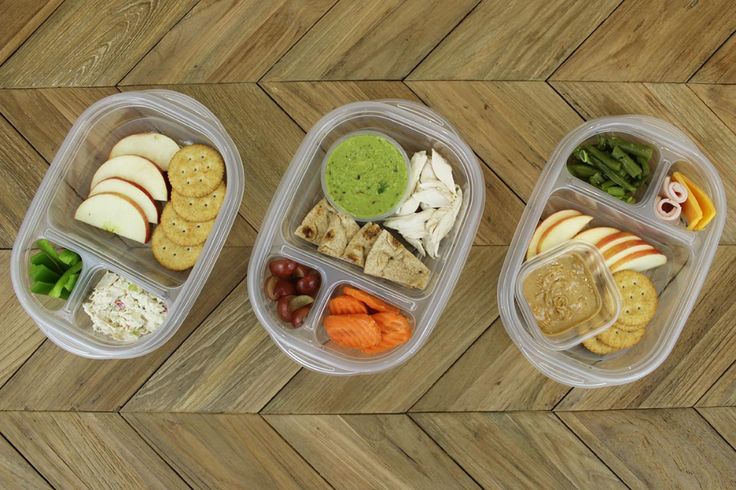 To improve the child's appetite, one should not overfeed, one should walk and move more, sleep in a ventilated room, in general, adhere to the requirements of a healthy lifestyle as much as possible. The child should eat in a calm state, avoid quarrels and unpleasant conversations at the table - this also worsens the digestion process and reduces appetite. Don't give your baby more food than he can eat. Better then put a little extra. And in general: is it worth it to be so afraid of hunger? It is better to eat a piece of bread with appetite, chewing it thoroughly, than under the mother's cry - an early breakfast that is unlikely to be digested. If eating becomes a torment for mother and child, then the child may develop an aversion to food. Food should be fun for the child. Don't force your appetite! After all, this is the first step towards gastrointestinal pathology.
To improve the child's appetite, one should not overfeed, one should walk and move more, sleep in a ventilated room, in general, adhere to the requirements of a healthy lifestyle as much as possible. The child should eat in a calm state, avoid quarrels and unpleasant conversations at the table - this also worsens the digestion process and reduces appetite. Don't give your baby more food than he can eat. Better then put a little extra. And in general: is it worth it to be so afraid of hunger? It is better to eat a piece of bread with appetite, chewing it thoroughly, than under the mother's cry - an early breakfast that is unlikely to be digested. If eating becomes a torment for mother and child, then the child may develop an aversion to food. Food should be fun for the child. Don't force your appetite! After all, this is the first step towards gastrointestinal pathology.
Why is it important not to rush while eating?
Digestion of food begins in the mouth, where the enzyme amylase is released with saliva, which begins to break down carbohydrates already in the oral cavity.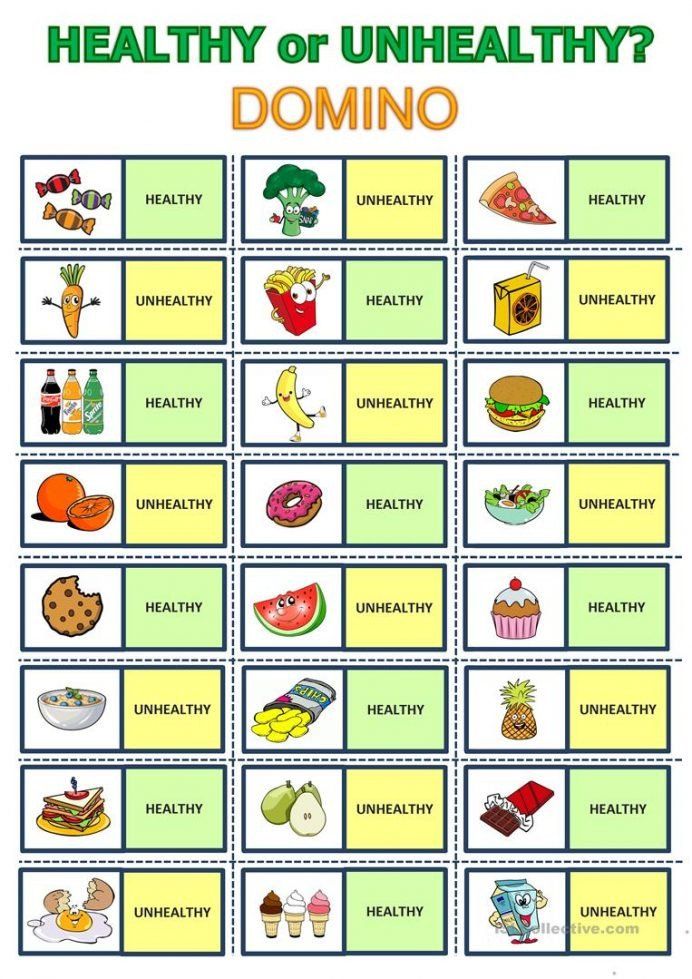 The slower and calmer the process of processing food in the mouth, the better it will be digested in the stomach. In addition, saliva wets the food bolus, and it passes through the esophagus more easily. Thus, the main thing is to teach the child to chew. Worst of all, when the child is in a hurry and swallows pieces. These pieces are poorly digested, and the body absorbs almost nothing. And then undigested food passes into the duodenum, small and large intestines - and injures them.
The slower and calmer the process of processing food in the mouth, the better it will be digested in the stomach. In addition, saliva wets the food bolus, and it passes through the esophagus more easily. Thus, the main thing is to teach the child to chew. Worst of all, when the child is in a hurry and swallows pieces. These pieces are poorly digested, and the body absorbs almost nothing. And then undigested food passes into the duodenum, small and large intestines - and injures them.
Why should you avoid overfeeding?
Appetite is also reduced in overfed children. They are endlessly stuffed with all sorts of delicious dishes. They do not know the feeling of hunger, and therefore they do not know positive emotions when it is satisfied. It turns out that the feeling of hunger, of course, is not chronic and quenchable, it is even useful.
Give up fast food!
Of course, every doctor will say that chips and hamburgers are bad, but dairy products and vegetables are good. On the other hand, it is quite difficult for children to inspire the idea of the benefits of unsalted food, steamed vegetables. Why have food stereotypes changed so much? Why do children prefer potato chips instead of ordinary potatoes, and croutons from a bag instead of bread? Undoubtedly, advertising plays a huge role, shaping the image of a modern child in both the child and his parents. In addition, the herd feeling is triggered. The desire of the child to be "like everyone else" in most cases suppresses the voice of reason.
On the other hand, it is quite difficult for children to inspire the idea of the benefits of unsalted food, steamed vegetables. Why have food stereotypes changed so much? Why do children prefer potato chips instead of ordinary potatoes, and croutons from a bag instead of bread? Undoubtedly, advertising plays a huge role, shaping the image of a modern child in both the child and his parents. In addition, the herd feeling is triggered. The desire of the child to be "like everyone else" in most cases suppresses the voice of reason.
Parents should remember that the formation of children's taste preferences is primarily influenced by the gastronomic preferences of family members, the atmosphere in the house and in society as a whole. If adults, referring to the lack of time, eat "on the run", replacing full meals with snacks, then it is difficult to expect a different behavior from a child. Products of the so-called "fast food", such as chips, are high enough in calories, due to which they suppress the activity of the
food center, and the child does not want to eat the main course. This is precisely the harmfulness of the so-called junk food. Children should be explained why certain foods are useful, what they give the body, and what harm can be caused by the systematic use of fast food. It turns out that the smallest amount of harmful substances, including nitrogenous compounds, as well as radioactive elements, is contained in cereals (cereal grains). Therefore, do not forget about cereals! They have a lot of well-digestible vegetable protein, carbohydrates, vitamins and microelements necessary for growth. To increase the vitamins of group B, you can add raw bran or yeast to cereals (one teaspoon each).
This is precisely the harmfulness of the so-called junk food. Children should be explained why certain foods are useful, what they give the body, and what harm can be caused by the systematic use of fast food. It turns out that the smallest amount of harmful substances, including nitrogenous compounds, as well as radioactive elements, is contained in cereals (cereal grains). Therefore, do not forget about cereals! They have a lot of well-digestible vegetable protein, carbohydrates, vitamins and microelements necessary for growth. To increase the vitamins of group B, you can add raw bran or yeast to cereals (one teaspoon each).
All children need fresh fruit. If they are not available to you, use forest and wild berries - a person has not yet managed to spoil them with fertilizers. Prepare more cranberries for the winter (it keeps well in the cold), blueberries, viburnum. Make blanks from garden berries: black currant, raspberry, sea buckthorn, etc. They have enough vitamins.
Basic principles of nutrition for preschoolers
The principles of nutrition remain unchanged throughout a person's life.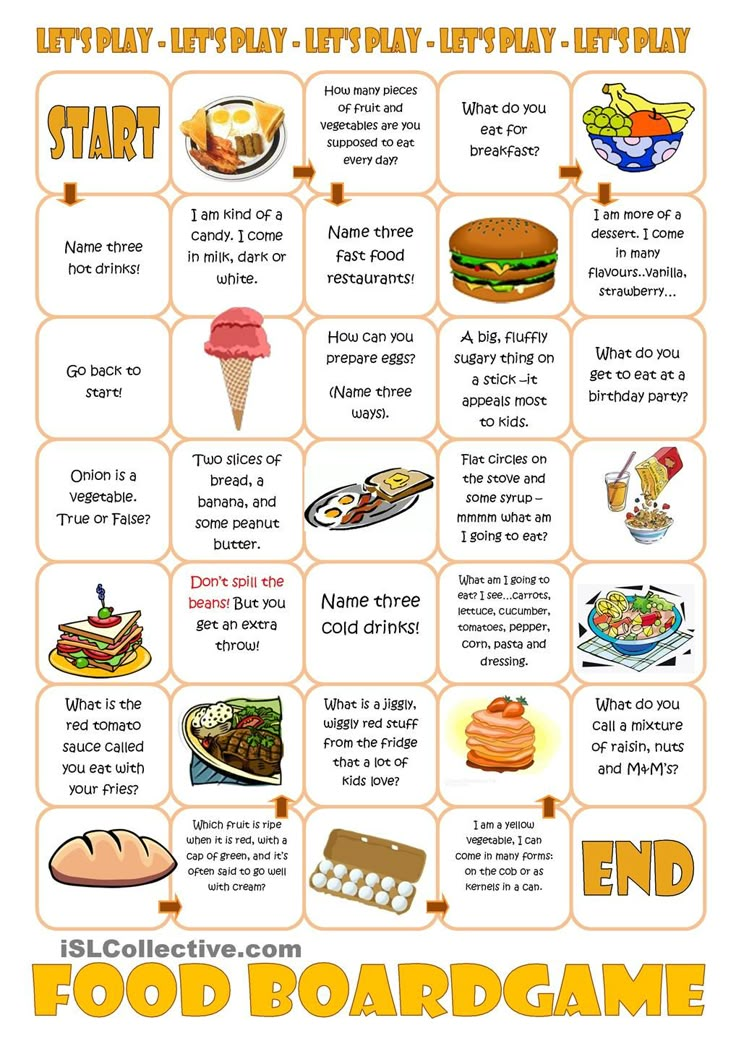
First , it must be varied. Regardless of the child's taste preferences, he should not be fed monotonous food for several days. It is necessary to offer new tastes and dishes, satisfying the need for basic nutrients, vitamins, microelements and thereby forming the correct nutritional stereotype.
Second , food must be safe. In children's institutions, at home, all the rules for the storage and preparation of dishes must be observed. When buying products, you need to pay attention to the expiration date, storage conditions and the integrity of the packaging. It is unacceptable to buy products from random persons, in places of unestablished trade.
Thirdly, , it is necessary to ensure high taste qualities of cooked dishes. At the same time, food for a child should not be excessively salty, sweet or tart. You should not exclude sugar, salt when cooking, otherwise the children will refuse to eat, but it is better to undersalt a little. Over time, the child will get used to such food, which will help maintain his health in adulthood.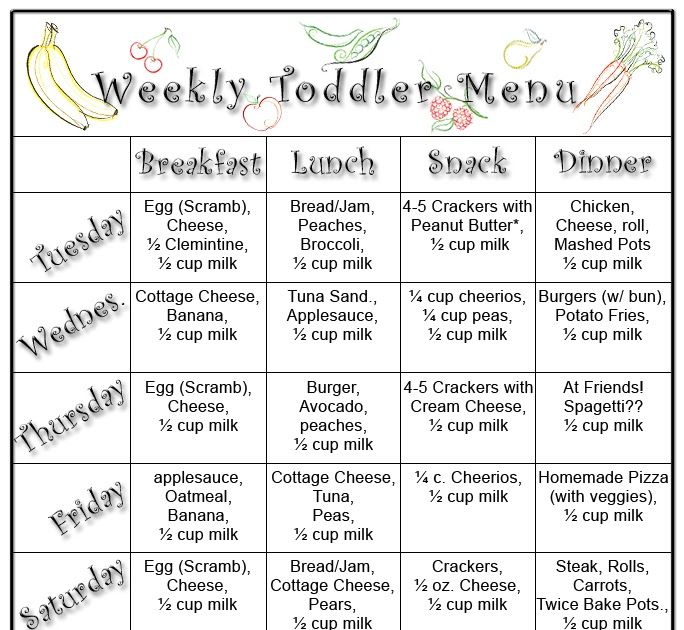 From spices, it is better to use bay leaf, allspice in small quantities.
From spices, it is better to use bay leaf, allspice in small quantities.
Fourth , the food should be chemically "sparing" for the child. Fried foods are not recommended for children under 6 years old, but many doctors recommend expanding these boundaries as much as possible.
Fifth, , for a balanced and nutritious diet, dairy products, fruits and vegetables must be included daily in the children's diet.
Sixth , observe the diet. The break between meals should be no more than 3-4 hours and at least one and a half hours.
And of course, the child should eat with appetite and not overeat!
By following these simple rules, parents will help their child grow up healthy, happy and learn to treat food as the main source of energy for life and good mood.
Preschool diet: recommendations for parents
Principles of child nutrition.
Far from all dishes that are eaten not only by his parents, but even older brothers and sisters are suitable for preschoolers.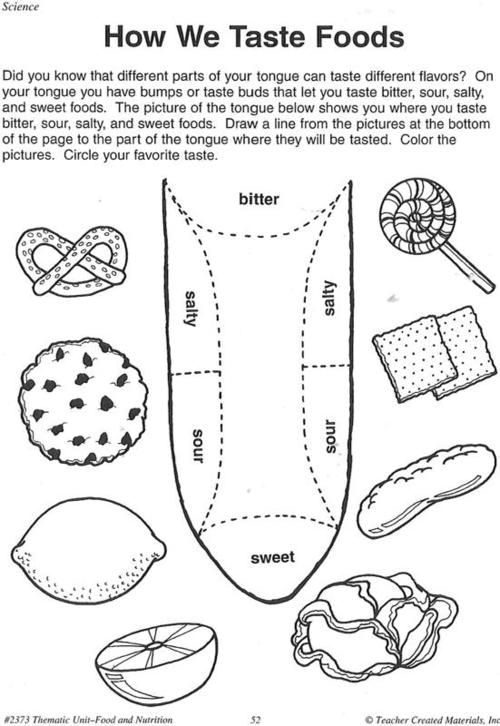 A young child's menu consists of more easily digestible foods, prepared with the delicate and still immature digestive system in mind. Also, young children have a different need for the energy value of food.
A young child's menu consists of more easily digestible foods, prepared with the delicate and still immature digestive system in mind. Also, young children have a different need for the energy value of food.
To organize the proper nutrition of preschoolers, parents should be guided by the following principles:
- adequate energy value
- balance of nutritional factors,
- compliance with the diet.
The table should be varied and tasty food, prepared in compliance with sanitary standards.
The diet of a child from three to seven years old necessarily contains meat, fish, dairy products, pasta, cereals, bread, as well as vegetables and fruits. At least three-quarters of the diet should be warm and hot food.
Do's and Don'ts: Meat, eggs, cottage cheese and fish are the source of protein - building material for a rapidly growing organism. For the nutrition of preschoolers, lean veal, chickens, and turkey are considered the best meat.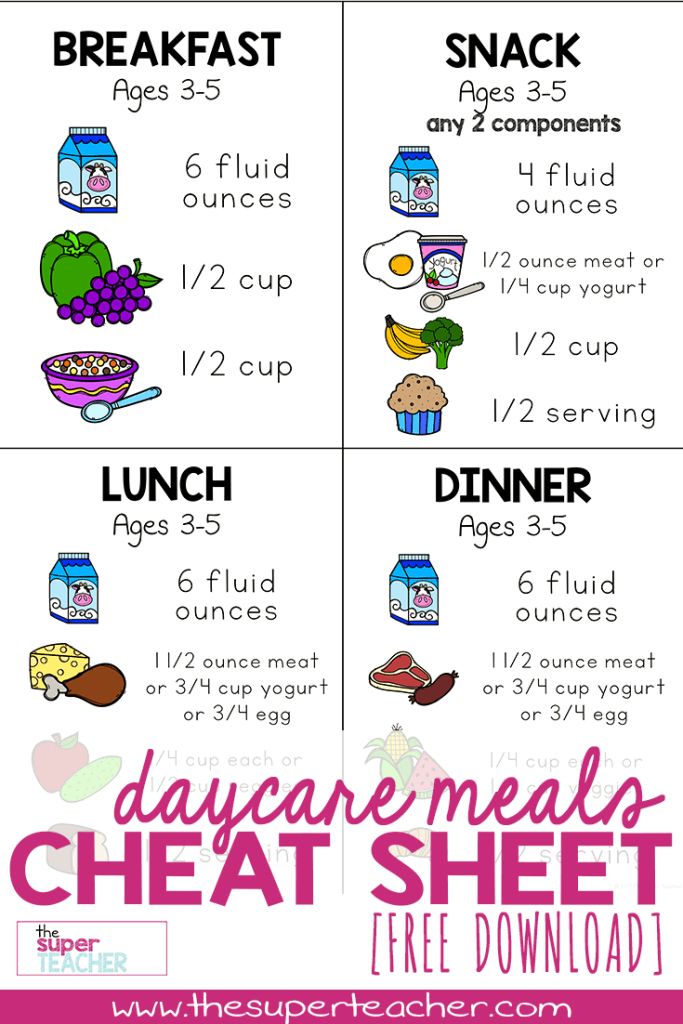 Of the fish, cod, pike perch, pollock, hake, saffron cod and pink salmon are most preferable.
Of the fish, cod, pike perch, pollock, hake, saffron cod and pink salmon are most preferable.
Delicacies, smoked meats, caviar and other "holiday" dishes and give better on holidays - they irritate the mucous membrane of the stomach and intestines, but are not of great value. Contrary to popular belief, fried foods can be given to young children, although it is better to give preference to boiled or stewed foods. Cutlets and meatballs can be fried, but not too much - the fat on which they are fried can cause heartburn. Where better to steam them or in a sauce.
What and how much: every day the child should receive milk and dairy products - kefir, fermented baked milk, low-fat cottage cheese and yogurt. They can be prepared for breakfast, afternoon tea or dinner, used both in their natural form and in casseroles, sandwiches and desserts. Vegetables, fruits and juices from them are also required for a preschooler daily. For good nutrition, a preschooler needs 150–200 g of potatoes and 200–250 g of other vegetables per day. Among them are radishes, lettuce, cabbage, cucumbers, tomatoes and greens. You also need a lot of fruits and berries - 200–300 g fresh, plus juices and nectars. Fresh vegetables and fruits are the main source of vitamins for a child. In addition to meat and vegetables, children need durum wheat bread and pasta, as well as fats in the form of butter and vegetable oils.
Among them are radishes, lettuce, cabbage, cucumbers, tomatoes and greens. You also need a lot of fruits and berries - 200–300 g fresh, plus juices and nectars. Fresh vegetables and fruits are the main source of vitamins for a child. In addition to meat and vegetables, children need durum wheat bread and pasta, as well as fats in the form of butter and vegetable oils.
We observe the regimen: for a child to eat well, food should give him pleasure. Cabbage and porridge cause no less joy than a piece of cake, if both are equally tasty and beautiful. Children love interestingly designed dishes from a variety of products. In addition, it is very important to observe the diet. If a child eats too infrequently, at long intervals, his mental and physical abilities decrease from hunger, and the desire to eat more heartily can become a bad habit. If the child eats too often, he has
appetite worsens, he does not have time to get hungry. The optimal regimen is four meals a day: breakfast, lunch, afternoon tea and dinner. The calorie content of meals should be distributed as follows: 25 percent of the daily intake is for breakfast, 40 percent for lunch, 15 percent for afternoon tea and 20 percent for dinner. A child attending kindergarten most often eats there three out of four times. At home, he only gets dinner. It makes sense for parents to take a copy of the menu for the week in the garden so as not to cook for dinner what the child has already eaten that day. It is also worth considering that not all products need to be given to children daily. So, in the list of products for every day are milk, butter, bread, meat and fruits. But fish, eggs, sour cream and hard cheese are enough to get every two or three days.
Desires and safety: young children should prepare food in a way that is safe for them. The kid can choke on a piece of meat, so it is better to cook it, after chopping or grinding it into minced meat. Vegetables can be boiled and chopped, cooked from them casserole, meatballs or pancakes. When cooking, you need to carefully select all the bones from the fish so that the baby does not choke. But what if the child does not want to eat some foods? First, try to find out why he does not want to eat them. Before you offer food to your baby, try it yourself. Maybe it just doesn't taste good to him. Change the recipe, add something else to the product, or, conversely, add it to some other dish. Do not force the child to eat by persuasion, and even more so by threats - this can only achieve complete disgust.
When cooking, you need to carefully select all the bones from the fish so that the baby does not choke. But what if the child does not want to eat some foods? First, try to find out why he does not want to eat them. Before you offer food to your baby, try it yourself. Maybe it just doesn't taste good to him. Change the recipe, add something else to the product, or, conversely, add it to some other dish. Do not force the child to eat by persuasion, and even more so by threats - this can only achieve complete disgust.
The finishing touch: drinks are not to be missed. The child can be offered tea, compote, jelly, fruit and vegetable juices and nectars, decoctions of berries and milk. However, the composition of all drinks should be controlled - with the exception of pure drinking water. Especially carefully you need to monitor the amount of sugar. For a preschooler, the daily allowance is 50 g. A standard can of sugary fizzy drink contains about a week's worth of sugar, so it is better to exclude such drinks altogether or allow them in small quantities and very rarely.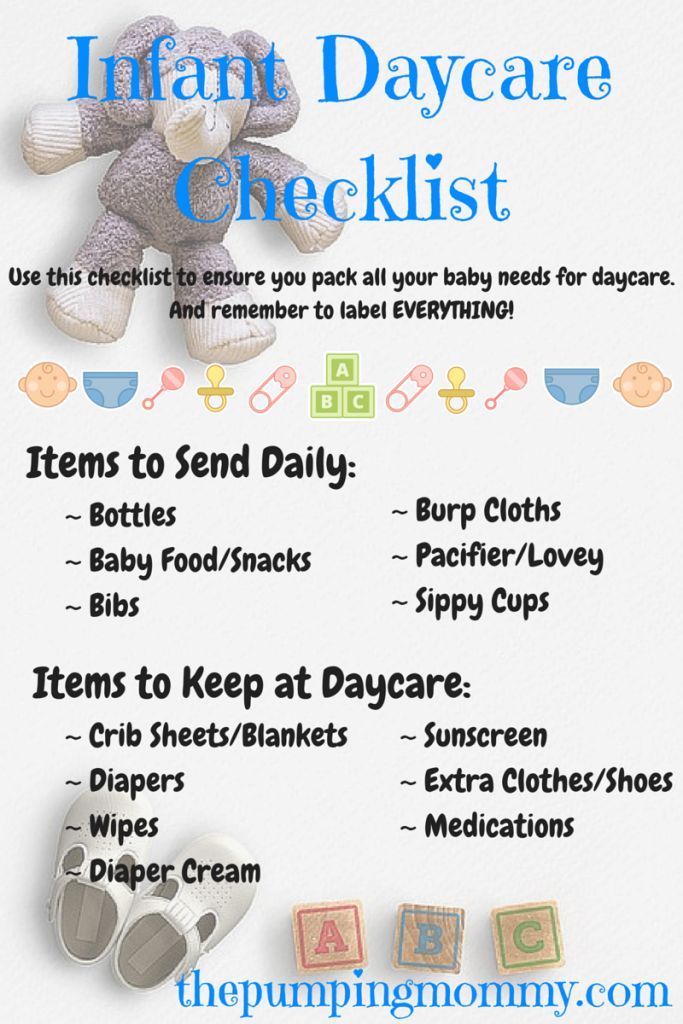 In conclusion, we can say that preparing a child separately often means doing double work. So following the principles of rational nutrition for a baby is a good reason to eat healthy food for adults as well. Reduce the share of spicy, fried and fatty foods on the table in favor of vegetables, fruits and healthy drinks.
In conclusion, we can say that preparing a child separately often means doing double work. So following the principles of rational nutrition for a baby is a good reason to eat healthy food for adults as well. Reduce the share of spicy, fried and fatty foods on the table in favor of vegetables, fruits and healthy drinks.
Trends in baby food packaging: packaging as a toy, a means of communication with parents and an element of eco-strategy
The choice of baby food in Russian retail is huge! Manufacturers are exercising original packaging solutions to attract young parents. The packaging of baby food has its own trends - it is with the help of packaging that brands develop children, conduct a dialogue with parents, or even prepare babies for adulthood.
Coming to the store, the buyer faces a large selection of goods. Packaging helps him make a decision. Often these criteria are standard - attractiveness and informativeness.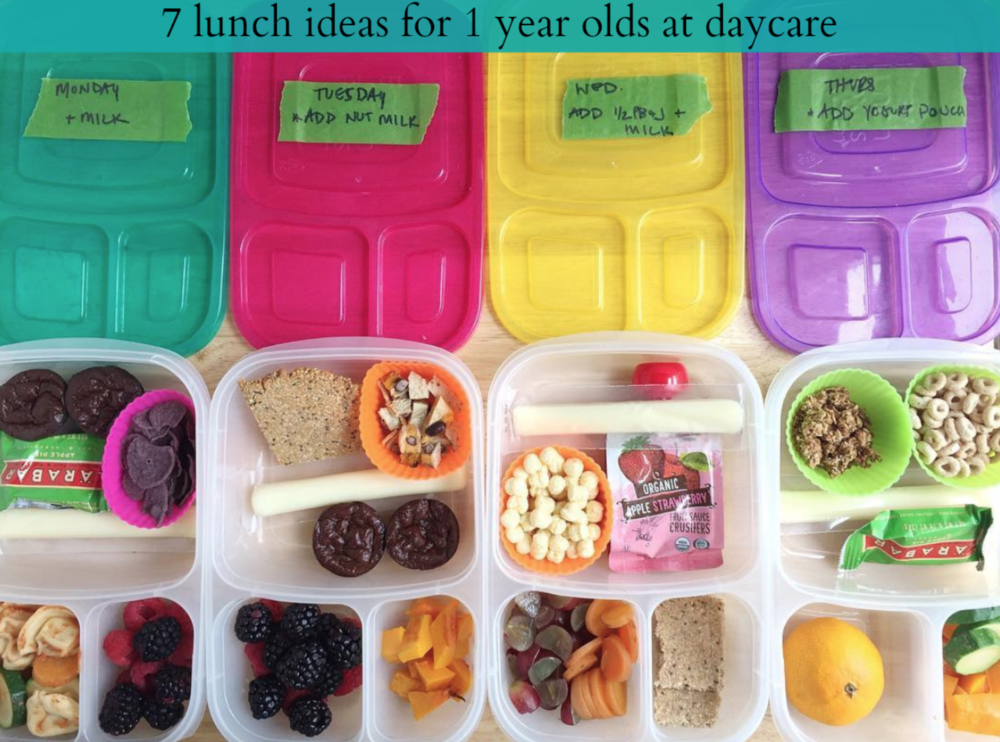 As for baby food, for parents, the main indicators are the quality and safety of the product. But the convenience of packaging becomes its additional bonus.
As for baby food, for parents, the main indicators are the quality and safety of the product. But the convenience of packaging becomes its additional bonus.
We talk about Russian and international experience in attracting the attention of customers using the examples of several brands that produce baby food.
Packaging as a toy
First of all, we should mention the spiders. This is the most "fresh" innovation in the category of baby food, which appeared in Russia much later than in the West. The word “spiders” is still unusual even for experienced parents, and you can often hear the wording “soft packaging”. But now such containers are used in more and more categories, they are used for classic fruit purees, and for dry cereals. One of the main advantages of this package is that it is difficult for a child to get dirty or spill the contents. In addition, spiders are convenient for moms, they are light and compact, they can be taken for a walk or on the road.
All children love toys.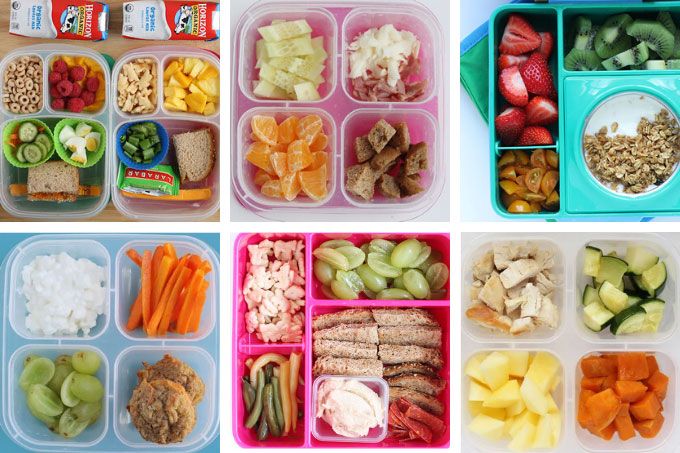 Therefore, it is obvious to use this emotional component in the packaging of baby food. The FrutoNyanya brand followed this path when it offered toy covers to its consumers.
Therefore, it is obvious to use this emotional component in the packaging of baby food. The FrutoNyanya brand followed this path when it offered toy covers to its consumers.
“Our pouch-packed fruit purees come with a special, certified toy lid, thanks to which the child can learn colors and count, collect various figures, which can ultimately have a positive effect on fine motor skills. For our youngest consumers, we produce fruit-shaped pouch packs to introduce the baby to the first fruits,” says Anna Ivanova Marketing Director of PROGRESS JSC, manufacturer of the FrutoNyanya brand .
Such entertainment also brings up perseverance and independence, stimulates positive emotions. Frutolids are hexagonal with 2 and 3 notches on the sides. And thanks to these grooves, they interlock with each other quite tightly. They can be assembled not only in a plane, but also to build multi-level structures, developing the child's imagination.
Packaging as a tool for dialogue
The next trend in packaging is to communicate with parents.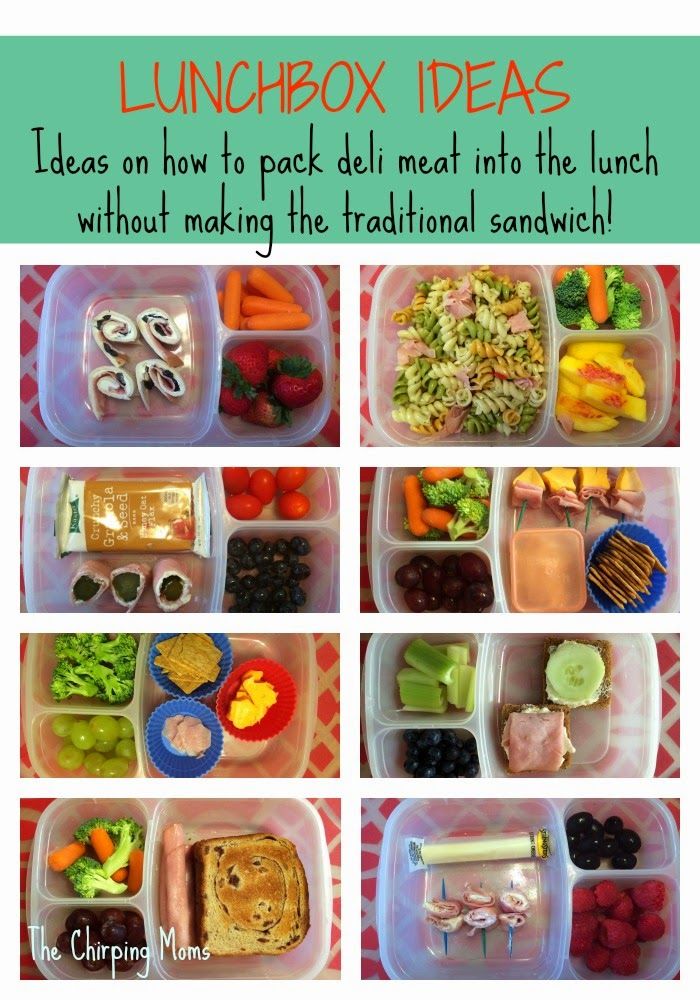 Now manufacturers are striving for the most open dialogue with the consumer. Full information about the composition is placed on the label inscription. In this composition, the consumer understands all the ingredients, there are no abbreviations.
Now manufacturers are striving for the most open dialogue with the consumer. Full information about the composition is placed on the label inscription. In this composition, the consumer understands all the ingredients, there are no abbreviations.
Producers of baby food talk about the production, methods of growing vegetables and fruits, and their suppliers. This trend is also reflected in the packaging – the transparency of the packaging is becoming an important way of communication. For example, transparent labels, fully or partially transparent packaging.
Packaging as an element of eco-responsibility
Another important component of packaging is its tactile qualities, dullness, craft solutions. Consumers are increasingly interested in features that make packaging easier to recycle and reuse. For example, completely biodegradable materials or materials that can be used as fertilizer, or even edible materials. But this trend is still in its infancy in Russia, in the future we will see more completed projects.
An example here is the young British brand Little Tummy, which is based on the principle of sustainability. Even today, the plastics and papers they use are 100% recyclable and recyclable.
Going even further, Swedish brand Alex & Phil are committed to reducing the use of conventional plastics and gradually moving towards bioplastics and renewable resources such as sugarcane. Starting in 2019, they have switched to aluminum-free packaging, which is 80% bioplastic, and their caps are made entirely of this material.
See also: Retooling a business in times of crisis: 5 steps for a manufacturer
Packaging as Smart Entertainment very popular with consumers. Thanks to packaging, manufacturers can create games and competitions in augmented reality mode, quickly and easily redirect the consumer to the site.
For example, last year, in partnership with the popular Shazam app, the FrutoNyanya brand released a limited series of liquid cereals with a special QR code that allows parents and kids not only to eat healthy, but also listen to fairy tales at night using augmented reality.
Packaging as a guide to the world of "adult" food
The above trends relate to the Russian market. In the West, there are ways to attract buyers. In Europe and America, brands have long been offering their young customers an "adult" range of dishes. Of course, it meets all the standards of baby food, but in terms of taste it is close to the dishes of an adult diet. This trend can also be seen in the packaging of baby food. For example, the French baby food brand Bledina offers products packaged in an airtight plastic plate. Parents warm up the dishes and, without shifting from this plate, feed the child. The idea of this package is that serving a dish for little ones is no different from serving for adults.
In addition, in Europe, manufacturers of children's yoghurts and puddings only offer large packages. There are no such micro-jars as we have on store shelves. Only a large amount is offered in order for the child to get used to adult standards from childhood.